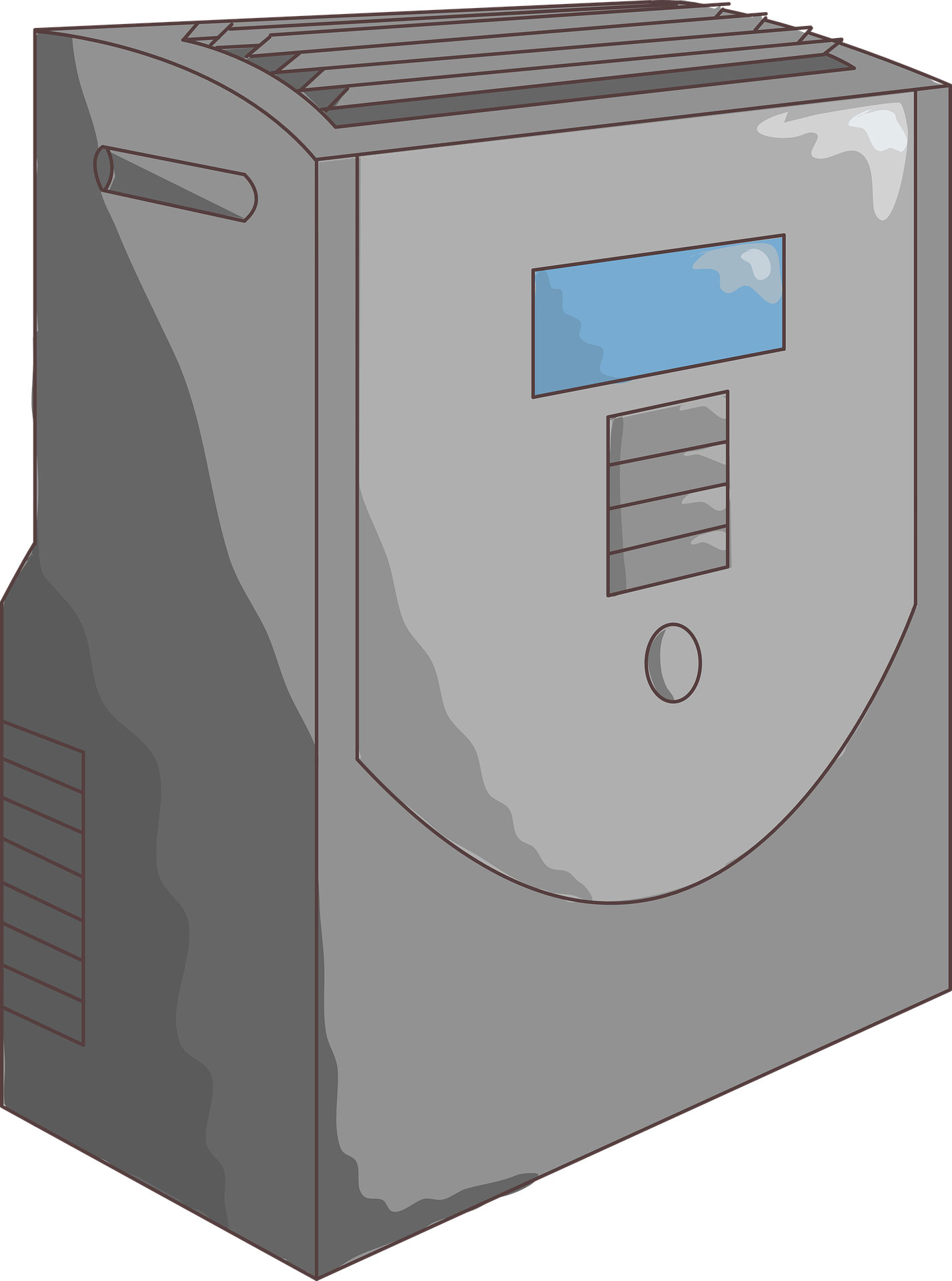Now that the intense Philippine summer is just around the corner, more people are rushing to buy a new aircon for their home. While people are flocking to the more conventional window type and split type models, portable types have become more popular lately. Which brings us to this question: are portable air conditioners more effective at cooling a room down compared to the other types of ACs?
To cut to the chase, we here at 101appliance.com think that portable air conditioners should be your last resort when buying a new aircon for your home. Portable types are noisier, more expensive, and less efficient compared to their window type counterparts. Choose a portable model only if you are (1) renting, and (2) if your building has rule against installing air conditioners.
In this article, we will flesh out our rationale about portable air conditioners, and how to make the best of it if you have no other choice.
Why portable air conditioners are not effective

All air conditioners work the same way: a chemical (called a refrigerant) gets converted from liquid to gas and back to liquid again through a set of coils inside the AC – this process absorbs the heat from the air.
That heat doesn’t just disappear – it has to go out somewhere. This is why air conditioners have indoor and outdoor parts – the indoor parts blow the cold air into the room, while the outdoor parts dissipate the heat to the outside environment.
The problem with portable air conditioners lie with its configuration.
A split type AC has its indoor and outdoor parts separate, only being connected by a copper tube. For a window type, the indoor and outdoor parts are consolidated in one unit. However, the outdoor part is hanging outside your room.
Portable air conditioners have the parts that are supposed to be outdoors inside your room – and this poses a lot of problems.
The outdoor parts (compressor and condenser) produce a lot of heat during operation. In a portable aircon, these parts are located inside your room. The heat from the compressor and condenser will be a heat source that the portable air conditioner’s thermostat will have to deal with; this will result in your compressor having to cycle longer, and thus you will consume more electricity.
We are going to flesh this out further by giving you a comparison between a window type and a portable type AC.
Window type aircon vs. portable air conditioners
For this comparison we will be using one window type model and one portable aircon model from Carrier – both of them are 1.0HP. Here is the tale of the tape:
As you can see, the portable air conditioner has a higher cooling capacity than its window type counterpart – it is more powerful in terms of wattage too. But their EER (energy efficiency ratio) has a significant disparity.
The EER tells you how efficiently an aircon uses its power to cool the air. A high EER number means that that particular model is more energy efficient, and therefore has a lower operating cost.
To compute the operating cost, we used this formula:
(Power Consumption/1000) x Hours of use x Power Rate = Daily Electricity Cost
We are also going to assume that the power rate is at ₱9.744/kWh, and that you will use the air conditioners for 8 hours per day. Here’s the full computation:
| Model | EC (kW) | Power Rate (kWh) |
Daily | Monthly | Yearly |
| Portable | 1.30 | ₱9.744 | ₱101.34 | ₱3,040.13 | ₱36,481.54 |
| Window | 0.85 | ₱9.744 | ₱66.26 | ₱1,987.78 | ₱23,853.31 |
That is a difference of 35% for the same capacity! You will be paying a lot more if you choose a portable air conditioner over a window type model.
Other disadvantages of portable air conditioners
Apart from that, here are the pros and cons of having a portable air conditioner:
Limited model selection
In the Philippine market, the only available capacities are for 1.0HP and 1.5HP. If you have a larger room that needs cooling, you have to look into either a window type or a split type air conditioner.
Noisier than counterparts
Since the compressor is located inside your room, you will hear its droning and humming while it operates.
Water drainage
The water droplets formed in the condenser will still need to have a place to go to. For window air conditioners, the water drips outside; for portable air conditioners, the water collects in a tank that you will have to drain manually from time to time.
They are not truly portable
Wait, so portable air conditioners are not truly portable?
In a way, yes. You can’t just wheel it into any kind of room.
Portable ACs need a vertical or horizontal opening window for its exhaust tube to be installed on. If your room does not have this kind of window, you can’t use your portable aircon in there.
When to get a portable aircon
We’ve trashed the portable aircon type in this article so much that you may be scared off of buying one. While it’s not the best all around air conditioner for everyone, there are some situations when purchasing a portable air conditioner will make a lot of sense. Here are a few of them:
- You are a renter or are constantly moving houses
- Weird HOA rules in your town
- You have the right windows in your house
If you don’t meet any of the criteria above, you are better off with a window type or a split type air conditioner.
The verdict
Portable air conditioners are less effective and efficient, noisier, and more expensive than their window type counterparts. Hence, we do not recommend getting a portable air conditioner unless it is truly the only alternative.
Pros:
- Easy to install and uninstall
Cons:
- Takes up floor space
- Noisy
- Generally less efficient
- You have to empty a water tank
Sources:
https://www.newair.com/blogs/learn/are-portable-air-conditioners-worth-it

Miguel Mores worked for 5 years as a member of the product management team for a home appliance company in the Philippines. He started 101appliance to answer the most common customer questions that he has encountered during his time in the industry. He now works in the digital marketing field and manages a small online bookstore on the side.




1 thought on “Are Portable Air Conditioners Effective? (Philippines)”